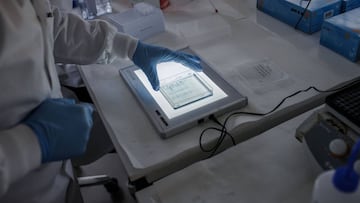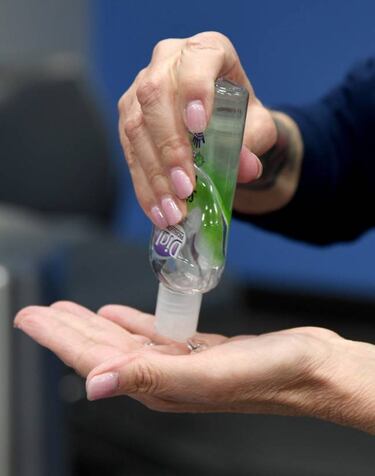Coronavirus: how long does it survive on objects and surfaces?
As well as the virus spreading through the air from infected people coughing or sneezing, the droplets that land on surfaces can also be dangerous for days.

We are living through difficult and confusing times. The coronavirus pandemic has taken hold of the year 2020 and few are sure at what point we will return to normality again, and indeed if that normality is the same as it was before. Amid the uncertainty, and although the picture changes from day to day as the experts learn more, questions need answered, and an important one is how long the coronavirus can remain a danger on surfaces.
How is the coronavirus spread?
People can get Covid-19 through contact with another person already infected with the virus. According to the World Health Organisation (WHO), the disease can spread from person to person through droplets from the nose or mouth that are thrown out when an infected person coughs, sneezes or exhales.
However, these droplets can fall onto objects and surfaces, and if someone else touches that area, and then puts their hands near their eyes, nose or mouth, they can contract the coronavirus.

Coronavirus on objects or surfaces
The WHO continues to carry out studies to determine how long the virus lasts on various surfaces, since these vary according to the condition of the objects and that of their surroundings. This has seen examples where the virus has lasted for just a few hours in some cases, while in others for several days.
"It is not known how long the virus causing Covid-19 survives on a surface, but it appears to behave like other coronaviruses,” reported the WHO. “Studies (including preliminary information on the Covid-19 virus) indicate that coronaviruses can subsist on a surface from a few hours to several days.
"As the #COVID19 pandemic evolves & more countries are affected, we are learning more about what works & what doesn't"-@DrTedros #coronavirus
— World Health Organization (WHO) (@WHO) March 27, 2020
"The time may vary depending on the conditions, for example: the type of surface, the temperature or the humidity of the surroundings,” added the report.
Recent tests carried out on steel and plastic surfaces by the US National Institute of Allergy and Infectious Diseases in Montana suggested that it could last up to three full days, while other analysis has stated it can exist for more like nine days.
What can you do?
Many people have taken to disinfecting their shopping after returning home or after it is delivered. Although there may be some merit in this, you are unlikely to completely kill any virus that may be there. But consider all the things that you touch in a day, where someone else may have placed their hands: buttons on an elevator or cash machine, shopping trolleys, hand rails and door handles... And while suggestions are that paper and cardboard is less likely to hold onto the virus for as long as harder plastics and metal surfaces, the hygiene rules still apply.
Related stories
Regularly using disinfectant on surfaces around the house, washing your hands with soap and water between contacts, and avoiding touching your face, are all good guidelines to follow, as well as social distancing for the more common and direct spread. While soap and detergent will kill the virus, various other products have been listed too.
Follow all the latest news on the coronavirus crisis with AS English.

